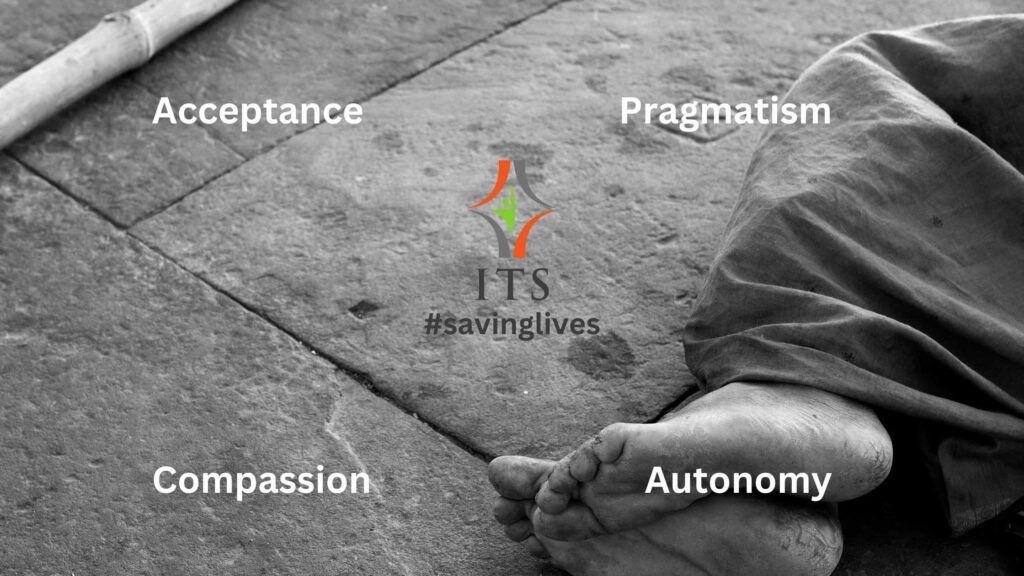
The battle against substance use disorder is a complex issue that requires multi-faceted approaches. One such approach, harm reduction, has proven to be an effective lifeline for at-risk individuals. This blog post aims to shed light on harm reduction strategies and how they can save lives.
What is Harm Reduction?
Harm reduction is a set of practical strategies aimed at reducing the negative consequences associated with drug use, such as overdose, disease transmission, and death. Rather than insisting on complete abstinence, harm reduction accepts that drug use is part of our world and seeks to mitigate its harmful effects.
Key Principles of Harm Reduction
Harm reduction is guided by several key principles:
- Acceptance: Recognizes the reality of drug use in society and focuses on minimizing its harmful effects rather than simply condemning it.
- Compassion: Emphasizes understanding, empathy, and respect for individuals who use drugs.
- Pragmatism: Focuses on practical and realistic solutions to reduce harm from drug use.
- Autonomy: Empowers individuals to make informed decisions about their lives.
Why is Harm Reduction Important?
Harm reduction plays a crucial role in saving lives and improving public health. Here’s why:
- Reduces Overdose Deaths: By providing access to overdose reversal medications like naloxone, harm reduction initiatives can save lives1.
- Prevents Disease Transmission: Harm reduction services such as needle and syringe programs help to prevent the spread of diseases like HIV and Hepatitis C2.
- Facilitates Treatment: Harm reduction programs often serve as a bridge to treatment and recovery services3.
How Can You Support Harm Reduction?
Supporting harm reduction can take many forms:
- Educate Yourself and Others: Learn about harm reduction and share this knowledge with your community.
- Advocate for Harm Reduction Policies: Support policies and legislation that facilitate harm reduction initiatives.
- Donate to Harm Reduction Organizations: Your financial support can help these organizations continue their life-saving work.
Conclusion
Harm reduction is a lifeline for at-risk individuals, offering them a compassionate approach that respects their autonomy and seeks to minimize harm. By understanding and supporting harm reduction, we can contribute to a society where drug use is acknowledged realistically and addressed humanely.
